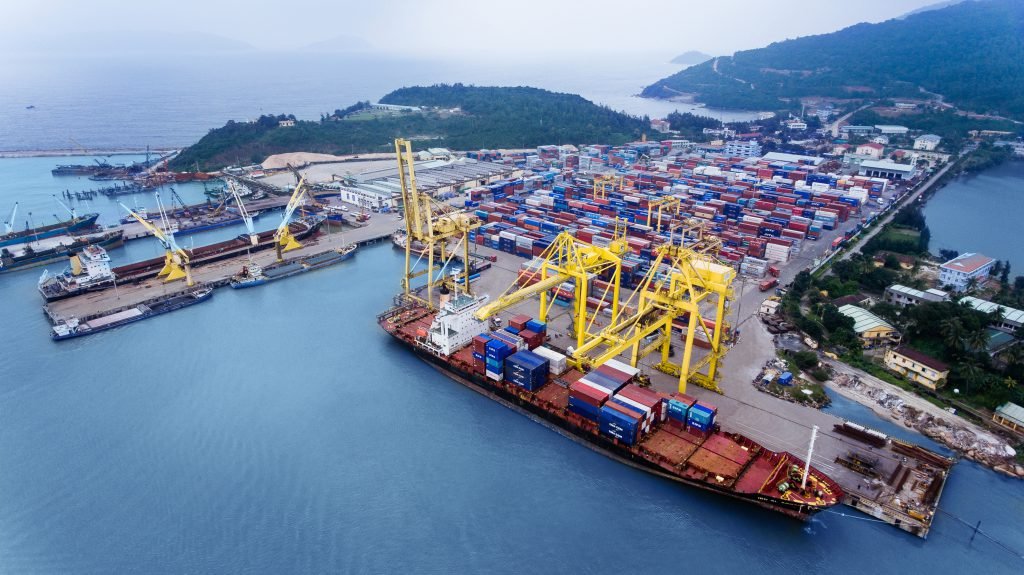HIGHLIGHTS
- Up to now, Vietnam’s container fleet has 10 container shipping companies, owning 48 container ships, a rather modest figure compared to the world.
- VLA’s recent plan will focus on building new ships, leasing containers, upgrading Vietnam’s fleet and limiting interference from foreign shipping lines.
- VLA’s ambitious plan will be divided into two development phases and they’ll find partners with large shipping lines to cooperate to exchange containers.
FULL ARTICLE
Current status of sea transportation in Vietnam
In 2021, despite the difficult conditions of the pandemic, the volume of container cargo through Vietnam’s seaports still reached 24 million TEUs, an increase of 7% compared to 2020.
Up to now, Vietnam’s container fleet has 10 container shipping companies, owning 48 container ships with a total capacity of 39,519 TEUs and a total tonnage of 548,236 DWT, a rather modest figure compared to the world. Among them, there are up to 29 ships from 300 to 600 TEU that can only run in the country, the remaining 17 ships with larger tonnage can operate on Asia routes.

Mr. Vu Ngoc Son, Chairman of the Board of Directors of Hai An Transport and Handling Co. Ltd, said that most of the transport capacity and freight rates by container to the intercontinental are held by foreign ship owners, so every year our country has to spend a huge amount of foreign currency. Therefore, VLA’s recent plan will focus on building new ships, leasing containers, upgrading Vietnam’s fleet and limiting interference from foreign shipping lines.
VLA’s plan
VLA’s ambitious plan will be divided into two development phases. The first phase will last 3 to 5 years, focusing on investing in ships operating on Asian routes such as Japan, Korea, China, etc. accounting for more than 60% of dry goods import and export volume.

Moreover, Vietnam will also find partners with large shipping lines to cooperate to exchange containers or use software and service management systems at their ports. That has been applied very successfully by previous shipping lines such as Taiwan’s Wan Hai and Israel’s ZIM Lines.
The second phase is expected to last 5 years. After successfully operating in the Asia region, VLA will invest in larger container ships to participate in transportation on major intercontinental routes in the world such as Asia – America route, East – West route or Asia – Europe route and beyond.
Cong Lam
Ever Forward: Cargo ship is finally free after a month lodged in Maryland’s Chesapeake Bay.













